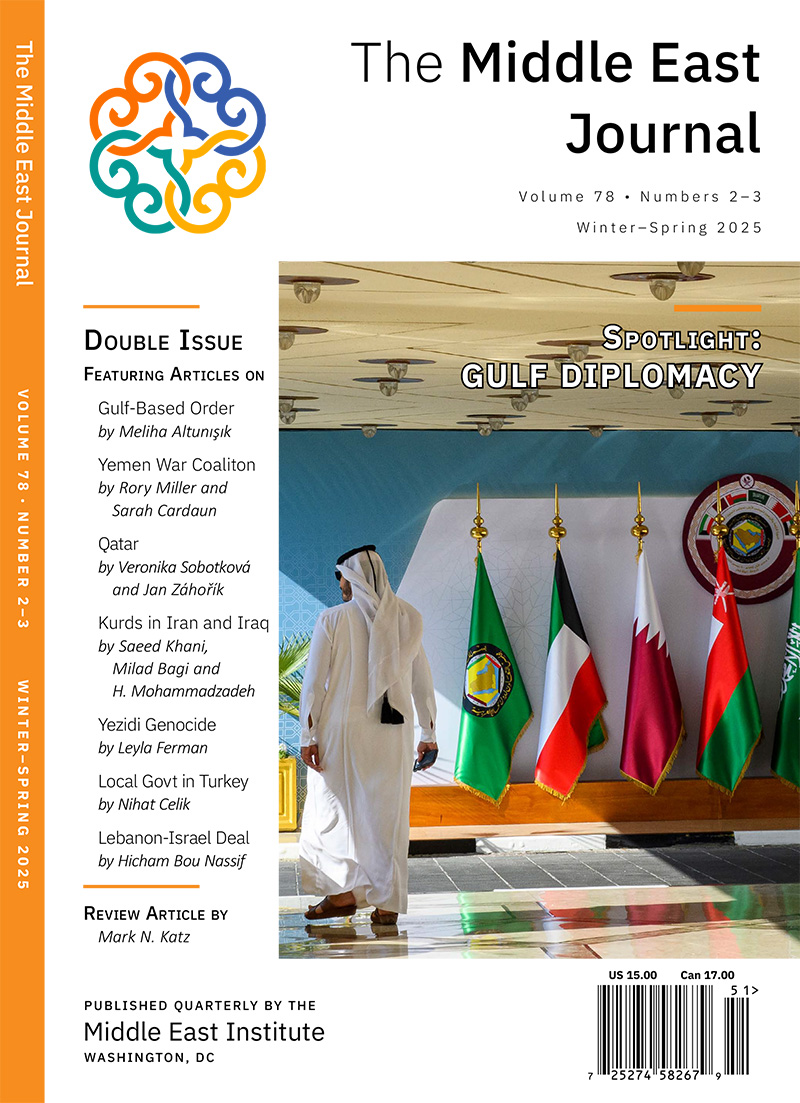
Jose W. Fernandez [00:00:00] Good evening, good evening, I'm delighted, delighted to be here tonight. I actually served on the board of the Middle East Institute about 15 years ago, so it's good to see some, some old friends here and it's wonderful to see how much this organization has grown. It's coincided, I guess, but with my departure from the board. But it's a it's wonderful to be here. Let me also congratulate His Excellency Yasir Al-Rumayyan, on receiving MEI's Global Leadership award. Congratulations, your excellency.
[00:00:33] I've been in this job now for two months, about eight weeks. And as I settle into it, I just like to share some thoughts with you, a couple of thoughts with you, on the international energy situation, which underpins both the economic and the environmental side of my portfolio at the State Department. And I'd like to just start by by addressing the assertion that the recent spike in fuel prices and the gas supply shortages that we're seeing around the world are proof that we're moving too fast in the transition to clean energy and to renewables. So let me set the record straight, at least from where I stand. The current fuel supply crunch is happening because of a confluence of global factors, factors such as extreme weather events, overreliance on the narrow range of energy options, and supply chain problems, to name a few. If anything, I believe that the current events show that the transition to clean energy and renewables is not moving fast enough. In fact, they show that if we don't abate the greenhouse gases in the atmosphere, the unpredictability of extreme weather events and the economic impacts of the climate crisis will continue to escalate.
[00:01:54] President Biden has put addressing global climate change at the forefront of America's foreign policy. He's emphasized that decarbonizing the energy sector is vital to responding to the climate crisis. He set the goal to reach 100 percent carbon pollution-free electricity by 2035, and we will achieve this through multiple cost-effective pathways to emission reductions in this decade. Going forward, the U.S. government will seize to the extent possible financing domestic and international projects reliant on unabated fossil fuels.
[00:02:33] And we're not alone in this effort, and I'm glad to see, and I'm proud to see, that our partners in the Middle East also recognize the threat they recognize the investment in workforce development opportunities that arise from the clean energy transition. To cite one example, the Kingdom of Saudi Arabia, its commitment to produce 50 percent of its power using renewables by 2030 sets a high bar, and I'd like to commend the chairman's leadership in this important initiative. Even better, the Kingdom already produces some of the lowest cost electricity in the world using solar power. Over the past year, we've seen numerous announcements for large scale projects that showcase Saudi Arabia's tremendous potential for solar power generation, and we look forward to the rollout of the Saudi Green Initiative, and welcome Saudi Arabia's efforts to rally the region by hosting the Middle East Green Initiative. We very much hope to see Saudi Arabia as one of the world's largest hydrocarbon producers, also become one of the leading producers of renewable energy, including green hydrogen produced from renewables.
[00:03:44] For our part, in the run up to COP26, which is happening in a couple of weeks, the U.S. has doubled down on our goals. We now aim to reduce our greenhouse gas emissions to fifty to fifty-two percent below 2005 levels in 2030. We've also been gathering signatories to the global methane pledge, and signatories now represent about 60 percent of the global economy and are responsible for about 30 percent of global methane emissions around the world. We will continue to promote investment in energy efficiency in electrification of the heat and transportation sectors and in the increased deployment of low to zero carbon fuels like clean hydrogen.
[00:04:30] So let me close. Let me close by by emphasizing that the US has been working with our OPEC+ partners and other suppliers to meet immediate energy needs, while also focusing on long term on the long term world in which we will burn minimal hydrocarbons. We feel that we can prioritize both things at once. We can be both on the path for a global transition to renewables and away from fossil fuels. We can do this. We will do this. We must do this. Thank you.










